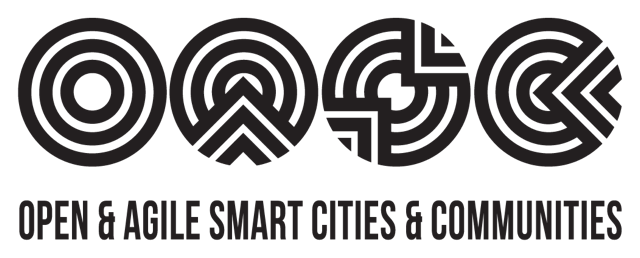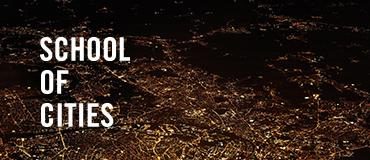How can standards support the digital transformation of cities and communities? A webinar series organised by ISO/IEC JTC1 WG 11 and the Toronto School of Cities takes a close look on this question and provides an overview of current activities in the domain. The first session took place on 25 September, with the participation of Martin Brynskov, Chair of the Board of Directors, Open & Agile Smart Cities (OASC) and Chair of the Danish ISO TC268 mirror committee. Two more sessions are scheduled on Wednesday, 23 October, and on Wednesday, 20 November.
The workshop focuses on the research and current state of common standards for city data models. Through their implementation smart cities can better develop, so as to replicate successful solutions more easily and converge towards a common data model for cities and communities.
Diving Deeper on City Data Models
On Wednesday, 23 October 2019, the second webinar of the series takes place, shifting the focus from defining concepts to data architecture. As different urban activities interact, a good data architecture for smart cities should be able to incorporate them in a lightweight yet functional structure, which could be easily accessible.
The last session of the series, coming up on Wednesday, 20 November, features amongst others, Lindsay Frost, NEC Labs and Chair of the ETSI Industry Specification Group in Context Information Management (ISG CIM) overseeing the development of the NGSI-LD specifications, and Ricardo Vitorino, Ubiwhere. Both partners of the SynchroniCity IoT Large Scale-Pilot, they will present the work of the ETSI ISG CIM. The speakers are concentrating particularly on the NGSI-LD API, developed by the ETSI group and featured as baseline for the OASC Minimal Interoperability Mechanism 1 on Context Information Management. The API enables systems and users, mainly smart cities & communities, to share information and standards connected to it. Further explanatory material is available here.
Setting the Scene, Minimally
The first session focused on defining different city-related data concepts, also trying to establish minimal data-set models and architectures. As Mark Fox, Program Committee, puts it, this first webinar aimed at “determining the breath and the depth of the city data model vocabulary and ontologies that have developed”, in order to seek convergence between different urban stakeholders. The session counted on the presence of Martin Brynskov, Chair of the Open & Agile Smart Cities network (OASC).
Martin Brynskov presented “What cities need: Convergence on a minimal set of data models for smart cities & communities”. He highlighted the importance of diversity and territoriality in the discussion. Therefore, Martin Brynskov mentioned the challenges of “finding a robust model for standard based innovation and procurement, of IoT- and AI- enabled services across domains”, as smart cities and communities are a cross-domain issue, with many actors and stakeholders from different domains “coming together on the ground”. Representing the voice of the cities, he presented the OASC Minimal Interoperability Mechanisms, from which both cities and businesses benefit. The chair of OASC also reported the need for standards-based availability for everyone, stressing the role of the EU-funded SynchroniCity project, which established a global market of shared data and common standards (a data model overview is available here).
Download the video of the first session by clicking on the button below.
About the Organisers
The Joint Technical Committee Working Group 11 of the ISO/IEC (International Organization for Standardization and International Electrotechnical Commission) works on the international standardisation in the area of information technology, committing especially to the theme of smart cities.
The Toronto School of Cities has the ambition to be “a world-leading centre for innovative interdisciplinary urban research, education and engagement”, by bolstering equity, inclusion and diversity in its activities.

